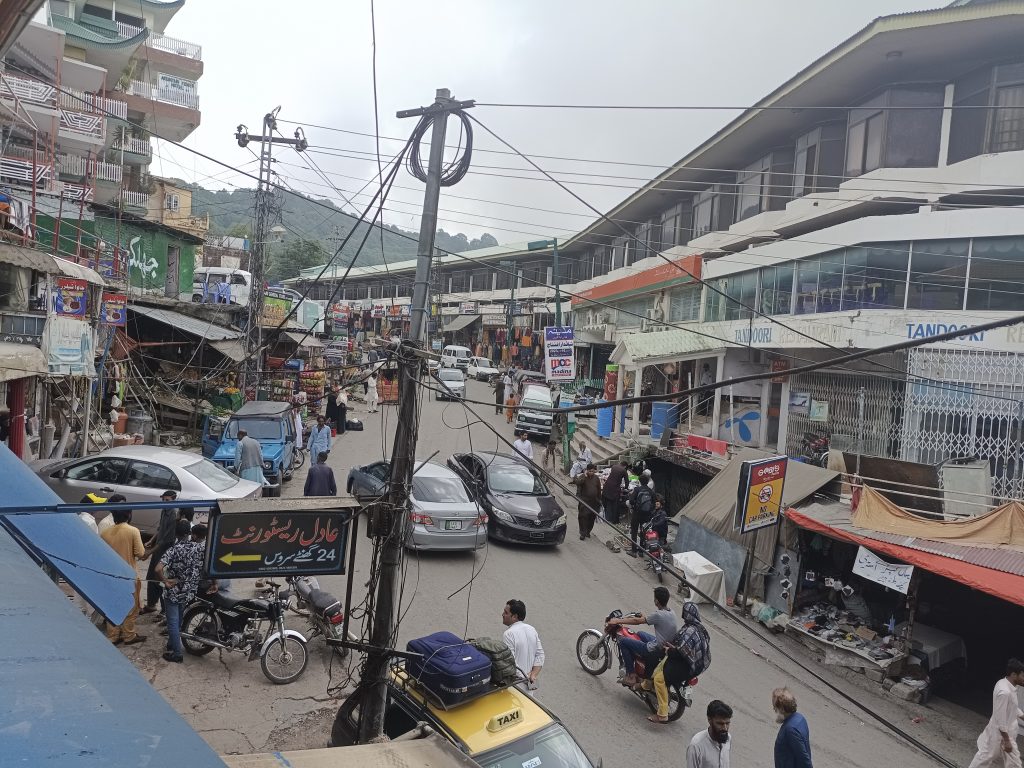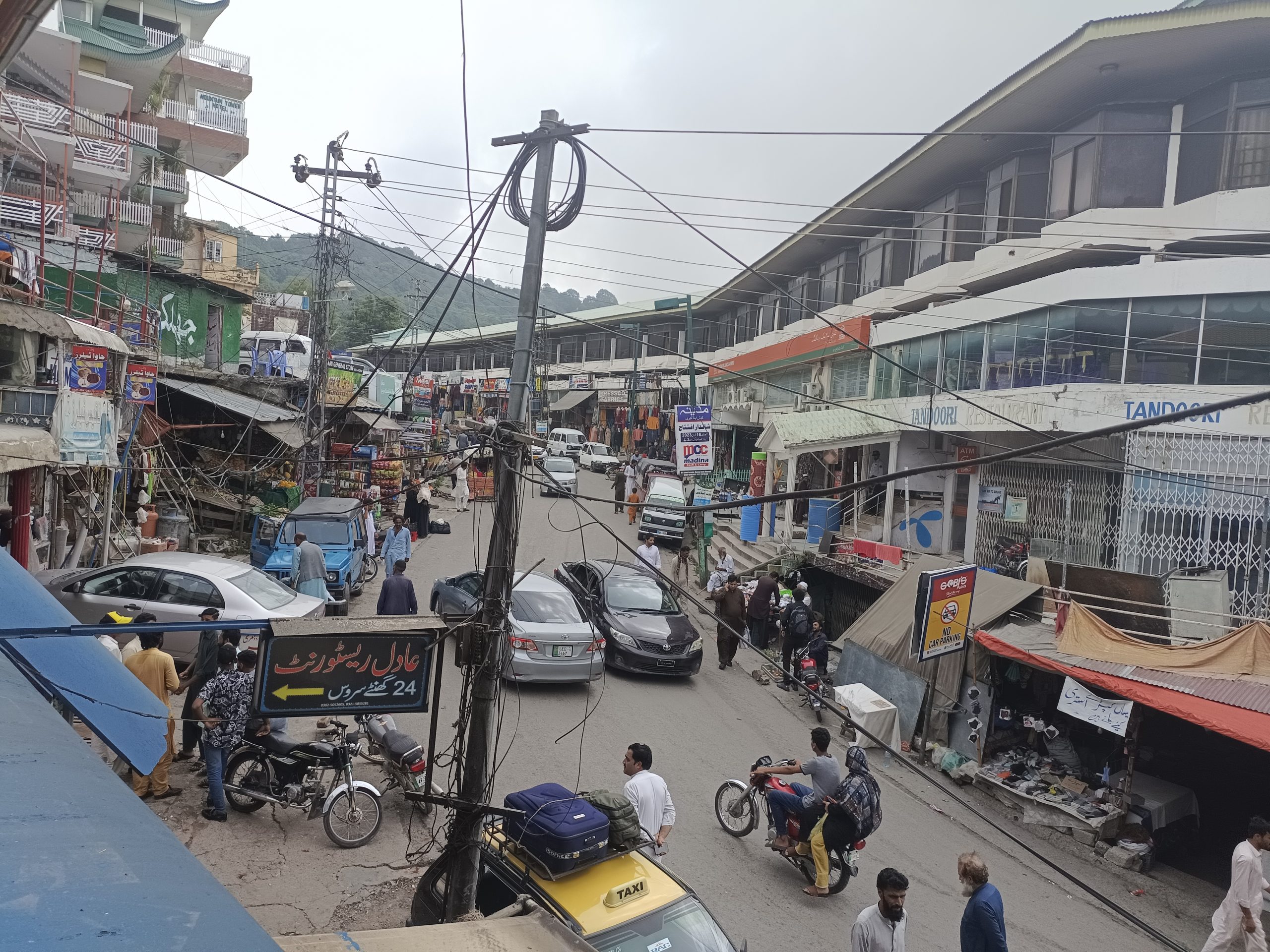Murree and its History

Murree is a popular hill station located in the Punjab province of Pakistan. It is situated in the Murree Tehsil of the Rawalpindi District, approximately 60 kilometers (37 miles) northeast of the capital city, Islamabad. Murree is known for its scenic beauty, cool weather, and picturesque surroundings, making it a popular tourist destination.
The history of Murree dates back to the British colonial era in the Indian subcontinent. It was established in 1851 as a sanatorium for British troops and civil servants who sought respite from the scorching heat of the plains during the summer season. The location of Murree was chosen for its pleasant climate and natural beauty, with lush green forests, rolling hills, and breathtaking views of the surrounding mountains.
During the British rule, Murree quickly gained popularity as a hill station and became a favored retreat for colonial officials and their families. The town was developed with a British architectural style, featuring colonial-era buildings, churches, and recreational facilities such as hotels, clubs, and parks. The Mall Road, a central promenade in Murree, became a hub for social gatherings, shopping, and leisure activities.
After the partition of India in 1947, Murree became a part of Pakistan and continued to flourish as a tourist destination. Over the years, it has attracted visitors from all over Pakistan and beyond, including neighboring countries. The town offers various attractions, including scenic viewpoints, hiking trails, cable car rides, and a range of accommodations to cater to tourists.
Today, Murree remains a popular getaway for people seeking respite from the heat and pollution of the cities. It is also a gateway to other scenic areas of the region, such as the nearby Galyat region, which includes destinations like Nathiagali, Ayubia, and Bhurban. Murree’s rich history, coupled with its natural beauty, makes it a significant tourist spot in Pakistan.
Murree: A Historical Overview
Introduction: Murree, located in the Pir Panjal Range of the Himalayas, is a picturesque hill station and one of the most popular tourist destinations in Pakistan. It is situated in the Punjab province, approximately 60 kilometers northeast of Islamabad, the capital city of Pakistan. Murree’s enchanting beauty, pleasant climate, and lush green surroundings make it a sought-after vacation spot for locals and tourists alike.
Early History: The history of Murree dates back to the British colonial era. During the early 19th century, the British East India Company sought cooler retreats from the sweltering heat of the plains, and Murree’s pleasant climate and scenic beauty made it an ideal choice. The place was discovered by Lieutenant William Young, an officer in the British army, in 1821. He was captivated by its lush forests and refreshing atmosphere.
British Establishment and Development: The British quickly recognized Murree’s potential and established it as a hill station in 1851. They began constructing buildings, roads, and other infrastructure to accommodate their officials, soldiers, and families who sought refuge from the hot Indian summers. The town’s development progressed rapidly, and it soon became a thriving colonial outpost with a distinct British character. The architecture, churches, and other structures in Murree bear witness to this colonial past.
Sanatorium and Military Base: Murree served as a sanatorium for British troops, a convalescent station for ailing soldiers, and a military depot. The British also set up a convalescent center for wounded soldiers during the First World War. The town’s military significance led to the establishment of several barracks and military facilities.
Murree as a Tourist Destination: As Murree gained prominence as a hill station, its popularity as a tourist destination grew steadily. The cool climate and picturesque landscapes attracted tourists from across the Indian subcontinent. Many British officers and their families spent their vacations in Murree, making it a bustling and lively place during the summer months.
Educational Institutions: Murree also became home to several prestigious educational institutions. Schools like Lawrence College and Convent of Jesus and Mary were established to provide quality education to the children of British officers and local elites. These schools are still operational today and have a rich history dating back to the colonial era.
Independence and Post-Colonial Era: After the partition of India and Pakistan in 1947, Murree became part of Pakistan. Over the years, it has continued to attract tourists and remains a popular vacation spot for both locals and foreigners. The government of Pakistan has also invested in the development of Murree as a tourist destination, providing better facilities and infrastructure to cater to the growing number of visitors.
Modern Murree: In modern times, Murree has transformed into a bustling tourist hub with numerous hotels, restaurants, and recreational facilities. It offers a wide range of activities, such as hiking, horse riding, shopping for local crafts, and enjoying the scenic beauty of the surrounding hills and valleys. Murree remains a favored escape from the scorching heat of the plains, especially during the summer months.
Conclusion: Murree’s history is closely intertwined with its colonial past, and the British influence is still visible in the town’s architecture and culture. From its discovery as a serene hill station by Lieutenant William Young to its transformation into a popular tourist destination in Pakistan, Murree has retained its charm and continues to captivate visitors with its breathtaking beauty and cool mountain climate.








You must be logged in to post a comment.